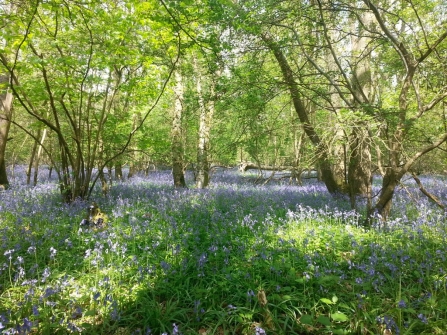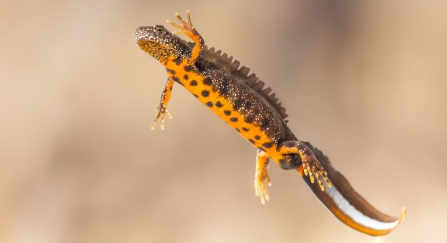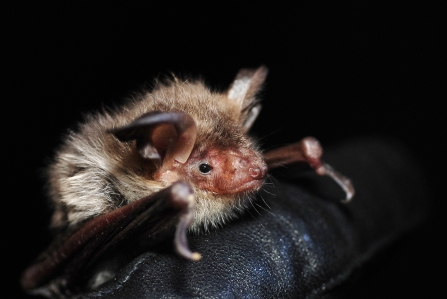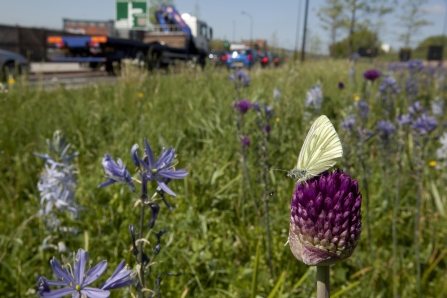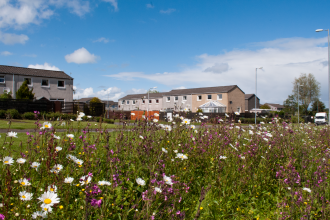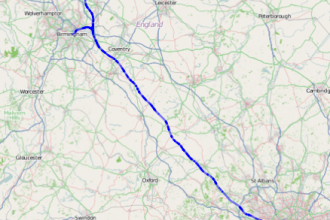Imagine this: one day you wake up in a strange location with none of the familiar home comforts you went to sleep with. Your house has been bulldozed and you’ve been dropped miles away from your former home. Your family is nowhere to be seen. The roads you travel down to work and get food are out of sight. The air smells different and all that you have known before is gone.
Could life carry on as normal? Could you start afresh and thrive? Or would the stress of being cut off from all that you have known and needed to survive affect your health and drive you down?
This is the challenge that development can all too often place on our precious wildlife. And in many cases it’s our rarest wildlife and habitats that are affected.

